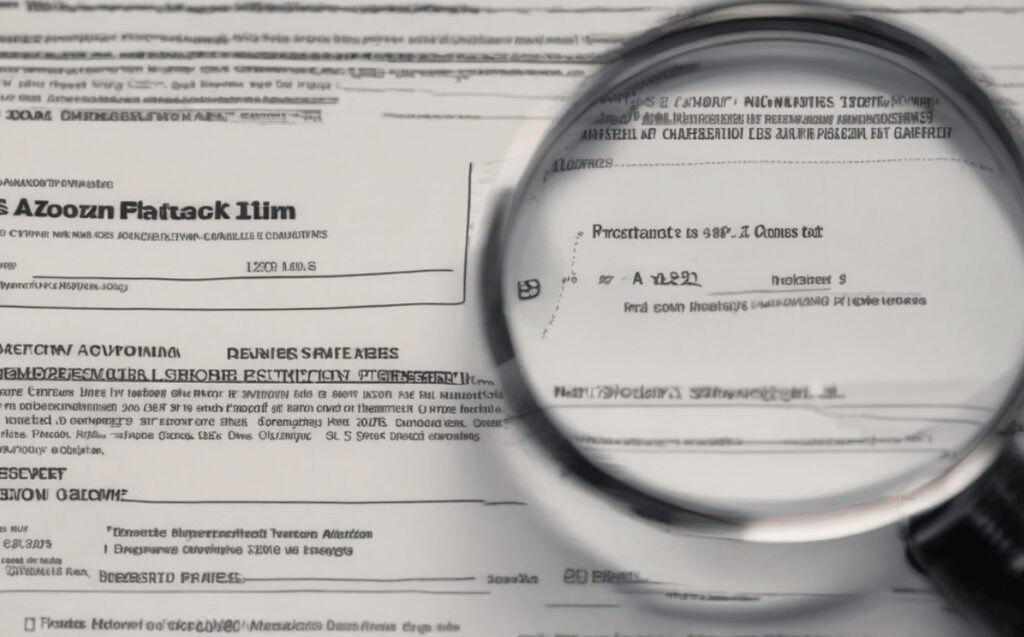By: Katie Melissa | January 15, 2024
January 15, 2024
Dealing with chargebacks on Amazon can be a daunting aspect of online selling. Chargebacks occur when customers dispute a charge from your business and request a refund from their bank or credit card issuer. In 2024, with the ever-increasing volume of online transactions, understanding how to handle chargebacks efficiently and effectively has become vital for Amazon sellers. This guide offers in-depth insights into managing Amazon chargebacks, helping sellers maintain their financial integrity and customer satisfaction.
Understanding Chargebacks on Amazon
A chargeback on Amazon happens when a customer disputes a transaction directly with their bank, bypassing the standard Amazon return process. Reasons for chargebacks can include unauthorized transactions, non-receipt of goods, or dissatisfaction with the product.
Common Causes of Chargebacks
Fraudulent Transactions: Unauthorized use of a credit card by someone other than the cardholder.
Item Not Received: The customer claims they did not receive the purchased item.
Item Not as Described: The received product differs significantly from its description.
Processing Errors: Mistakes in transaction processing, such as being charged multiple times.
Steps to Deal with Amazon Chargebacks
1. Review the Chargeback Claim
Carefully examine the details of the chargeback claim to understand the customer’s reason for the dispute.
2. Gather Relevant Information
Collect all relevant information about the transaction, including order details, shipping and tracking information, and any communication with the customer.
3. Respond Promptly
Amazon typically gives sellers a limited time to respond to chargeback claims. Quick and comprehensive response is crucial.
4. Submit Evidence to Amazon
Provide Amazon with all gathered evidence to support your case. This can include proof of delivery, product descriptions, and customer correspondence.
5. Communicate with the Customer
If possible, reach out to the customer to understand their concerns and try to resolve the issue amicably.
Preventing Chargebacks
1. Accurate Product Descriptions
Ensure that all product listings are accurate and detailed to avoid misunderstandings about the product.
2. Reliable Shipping and Tracking
Use reliable shipping methods with tracking capabilities to ensure and demonstrate that items are delivered.
3. Effective Customer Communication
Maintain open and responsive communication with customers throughout the transaction process.
4. Regular Account Auditing
Regularly review your account for any signs of fraudulent activity or processing errors.
Best Practices for Chargeback Disputes
Maintain Comprehensive Records: Keep detailed records of all transactions, including customer communications and shipping information.
Understand Amazon’s Policies: Familiarize yourself with Amazon’s policies regarding chargebacks and dispute resolution.
Be Professional in Communications: Always communicate professionally with customers and Amazon, even in the case of disputes.
Learn from Disputes: Use chargeback disputes as learning opportunities to improve your business practices and reduce future incidents.

Legal Considerations
In cases of fraudulent chargebacks or recurrent issues with a particular customer, it may be necessary to consider legal advice. However, this should be a last resort after all other avenues have been exhausted.
The Role of Chargeback Insurance
Some sellers opt for chargeback insurance, which can provide financial protection against disputed transactions. Evaluate if this option makes sense for your business based on the volume of transactions and the risk of chargebacks.
Understanding Chargeback Fees
Be aware that chargebacks can come with associated fees. Understanding these fees and their impact on your business is crucial for financial planning.
Future Trends in Chargeback Management
Advancements in payment security, AI-driven fraud detection, and enhanced customer verification methods are likely to shape the future of chargeback management on Amazon, potentially reducing the frequency of disputed transactions.
FAQs
Q: How long do I have to respond to a chargeback claim on Amazon?
A: The response time can vary, but typically Amazon provides a window of around 7-10 days to respond to a chargeback notification.
Q: Can frequent chargebacks impact my seller account?
A: Yes, a high frequency of chargebacks can negatively impact your seller account status and may lead to additional scrutiny or penalties from Amazon.
Q: Is it possible to win a chargeback dispute on Amazon?
A: Yes, it is possible to win a chargeback dispute if you provide sufficient evidence that the transaction was legitimate and fulfilled according to Amazon’s policies.
Q: Should I contact the customer directly in the case of a chargeback?
A: While direct communication can sometimes resolve misunderstandings, be cautious and professional. Focus on understanding the issue and try to resolve it amicably.
Final Analysis
Dealing with Amazon chargebacks in 2024 requires a proactive and strategic approach. Understanding the reasons behind chargebacks, responding effectively to disputes, and implementing preventive measures can significantly reduce their occurrence and impact on your business. By maintaining accurate records, adhering to Amazon’s guidelines, and prioritizing excellent customer service, you can effectively manage chargebacks, safeguard your business, and sustain a positive reputation on Amazon. Whether you’re a new seller or an established player in the marketplace, mastering chargeback management is essential for your ongoing success and growth.
